Brussels is the perfect city for a European city break. All the main sights are within walking distance, making it easy to explore this place in a day. However, if you have a little more time, the surrounding area is also well worth exploring.
This square serves as the forecourt of the Palace of Justice. It was created at the same time as the palace, although the original project didn’t quite come to fruition due to the sudden death of its architect. Poelaert Square overlooks the lower city and offers a sweeping view across the capital. If you’re looking for an even higher viewing point, you can take a ride on the Ferris wheel for an extra 55 meters of elevation!
Often overlooked by visitors, the Palace of Justice is one of Brussels’ most monumental buildings. Over 3,000 homes had to be demolished to make room for its construction! To give you an idea of its size — it’s actually larger than St.
Peter’s Basilica in Rome. The palace is rarely crowded and offers free admission. With its Greco-Roman inspired design, grand marble columns, and monumental statues, it’s a breathtaking space. Beneath the high dome in the “Salle des Pas Perdus” , you’ll find a giant Foucault pendulum showing the Earth’s rotation — a recreation of the 1851 experiment by French physicist Léon Foucault. Fun fact: the Peruvian Supreme Court building in Lima is an almost identical, slightly smaller replica of this one. In 2008, the palace was proposed for UNESCO World Heritage status.
Horta Museum
If you appreciate the elegance and creativity of Art Nouveau, Brussels is the place for you. To learn more about its leading figure, pay a visit to Victor Horta’s home, now a museum. Though slightly outside the city center, it’s well worth the detour for its beautifully preserved interiors, elegant staircase, spectacular skylight, and intricate furniture. A graceful, contemplative experience. Booking in advance is required.
The Sablon District
The Sablon neighbourhood immediately envelopes you in a peaceful charm. It’s the perfect place to wander through cobbled streets, lined with chocolate shops, boutique restaurants, antique dealers, and jewellers. If you’re in Brussels over the weekend and enjoy browsing flea markets, don’t miss the famous antiques market on Grand Sablon Square, where vendors have been setting up shop since the 1960s — a true institution!
The Marolles District
This authentic and artsy neighbourhood is ideal for soaking up Brussels’ old-town vibes. It’s home to the city’s oldest cafés, vintage shops, antique dealers, and vibrant street art. You’ll also find the Church of Notre-Dame de la Chapelle here — one of Brussels’ oldest landmarks, first mentioned in a document from 1134 signed by Godefroid the Bearded. Its layered history and blend of Romanesque and Gothic styles make it a unique architectural treasure.
The Atomium
If you can venture a bit outside the center, the Atomium is a must-see. Located about 7 kilometers north of the city, it was built for the 1958 World Expo and represents an atom enlarged 165,000 times. It’s now a national symbol and one of the city’s top attractions. The tour includes five accessible spheres, immersing you in a futuristic atmosphere with stunning panoramic views of Brussels. The ticket also grants access to the nearby Design Museum Brussels. It’s best to book tickets online in advance.
Mini-Europe Park
Just next to the Atomium, this 24,000m² park showcases miniature versions of Europe’s most iconic landmarks at 1/25th scale. From the Château de Chenonceau to the Leaning Tower of Pisa and Santiago de Compostela Cathedral, it’s a delightful way to see Europe’s architecture in one place. Highlights include a simulated eruption of Vesuvius, the launch of the Ariane rocket, and 6,000 figurines set inside Seville’s bullring. An unforgettable tour across the continent without even leaving Brussels.
The European Parliament
While you’re in the European quarter, consider visiting the European Parliament. It’s a great opportunity to learn how the EU works, understand the role of its deputies, and explore the history of European cooperation. Visits are free, take about an hour, and are available in all 24 official EU languages.
Parc du Cinquantenaire
After your Parliament visit, take time to explore this elegant park. Built in the late 19th century to celebrate Belgium’s 50th anniversary of independence, its triumphal arch and expansive gardens have become symbols of Brussels. The park also houses the Army Museum, the Cinquantenaire Museum, and Autoworld — an exhibition tracing the evolution of automobiles over the decades.
The Royal Greenhouses of Laeken
For a more romantic green escape, head north to the Laeken Park to marvel at the Royal Greenhouses. It’s hard to say which is more breathtaking — the intricate glasswork or the collection of rare flowers inside. This enchanting space opens to the public for just three weeks each spring, making it a magical seasonal highlight.
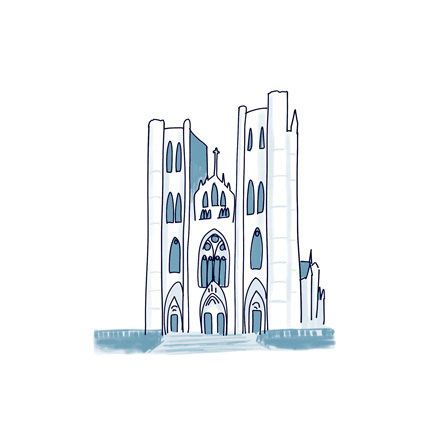

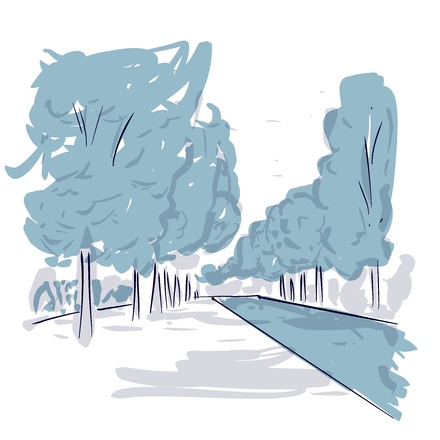
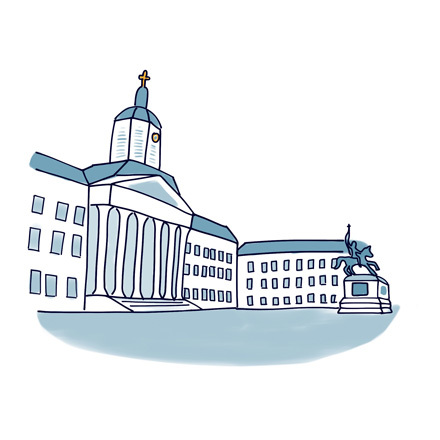
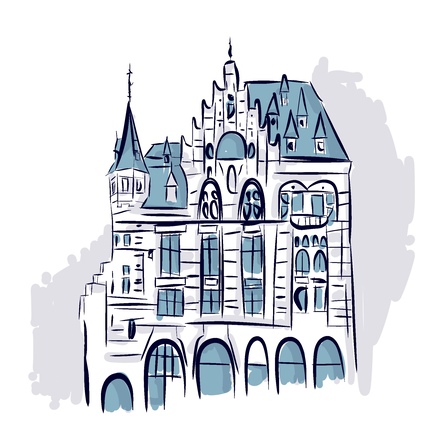
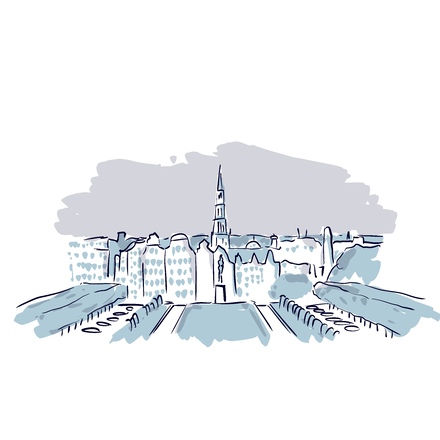
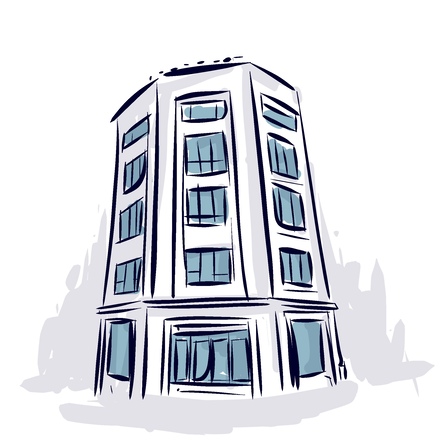
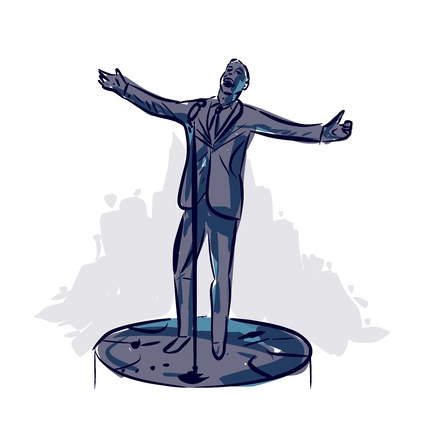
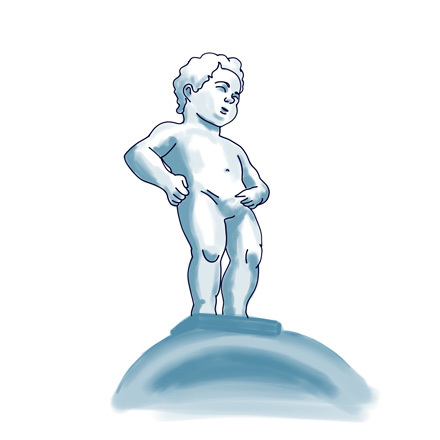
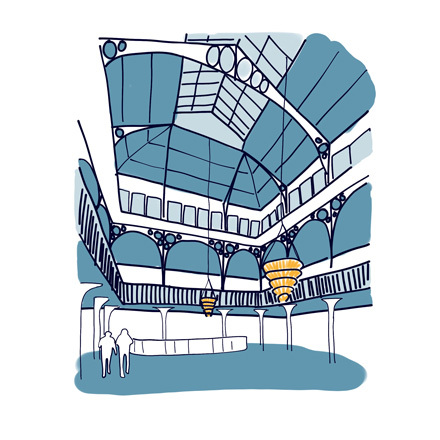

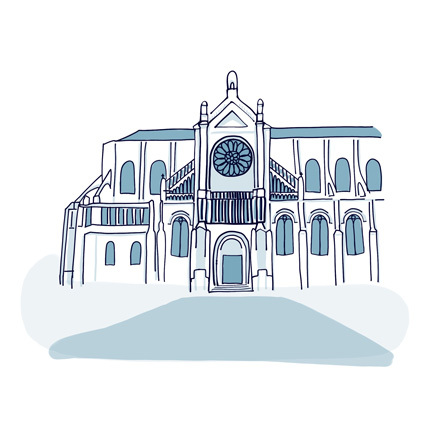
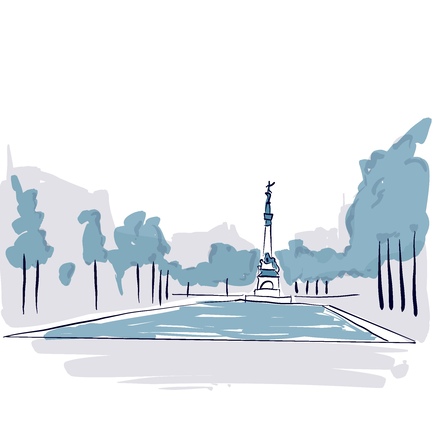
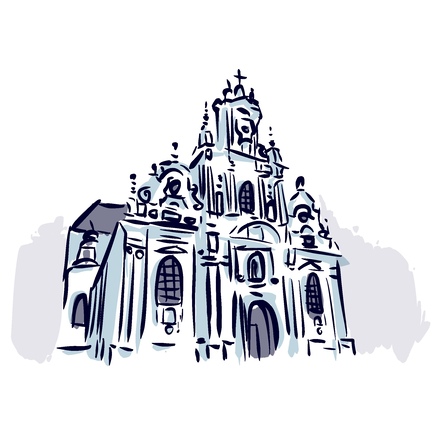
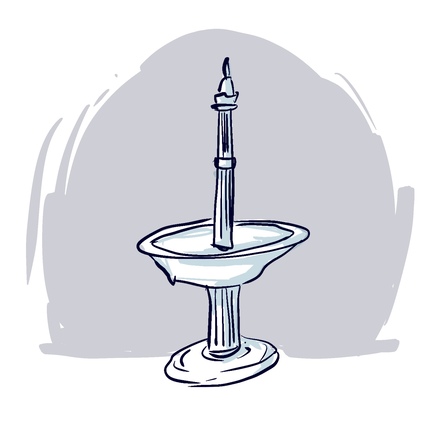
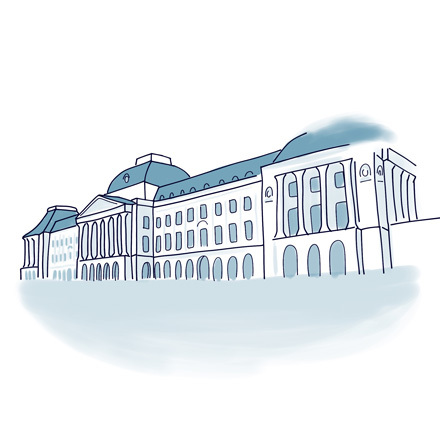
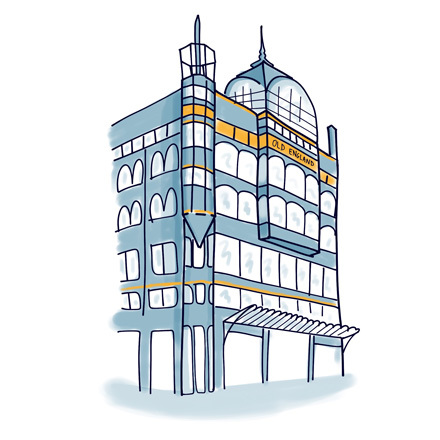
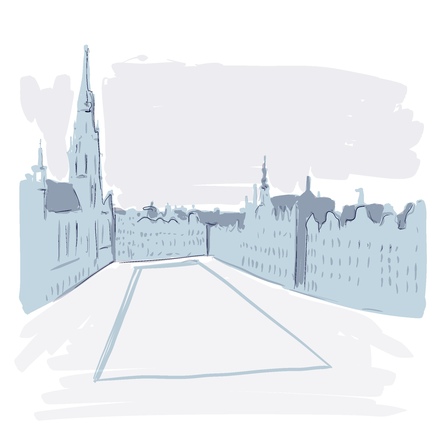
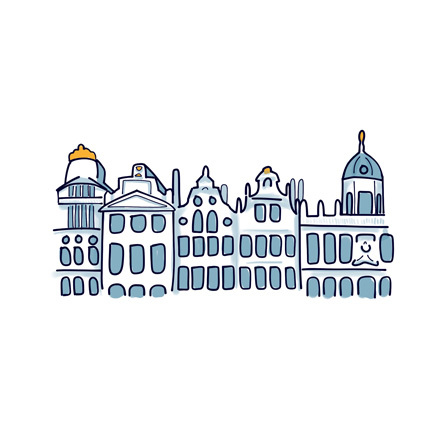

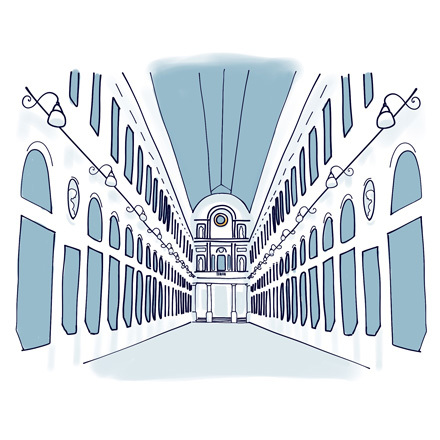

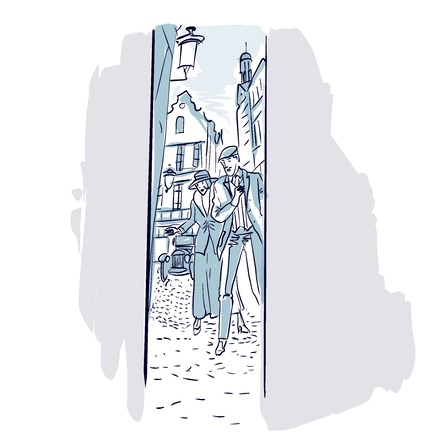
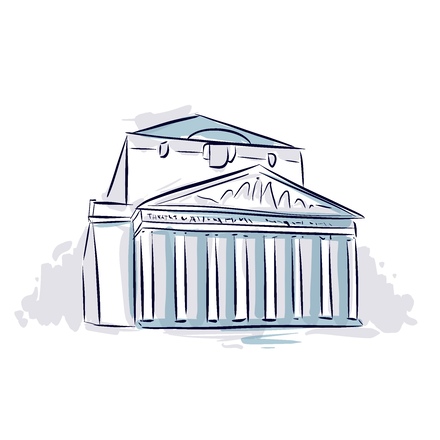
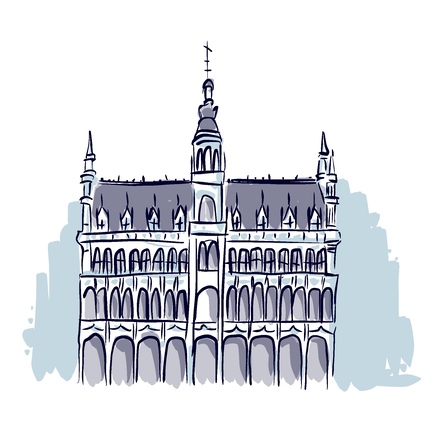
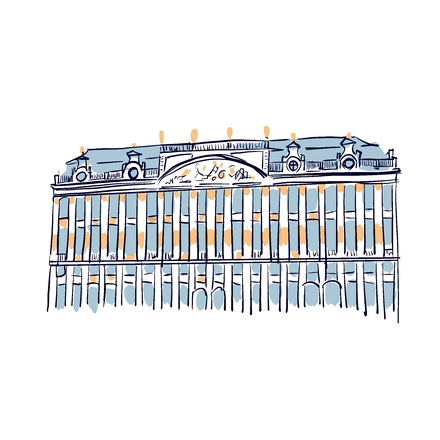


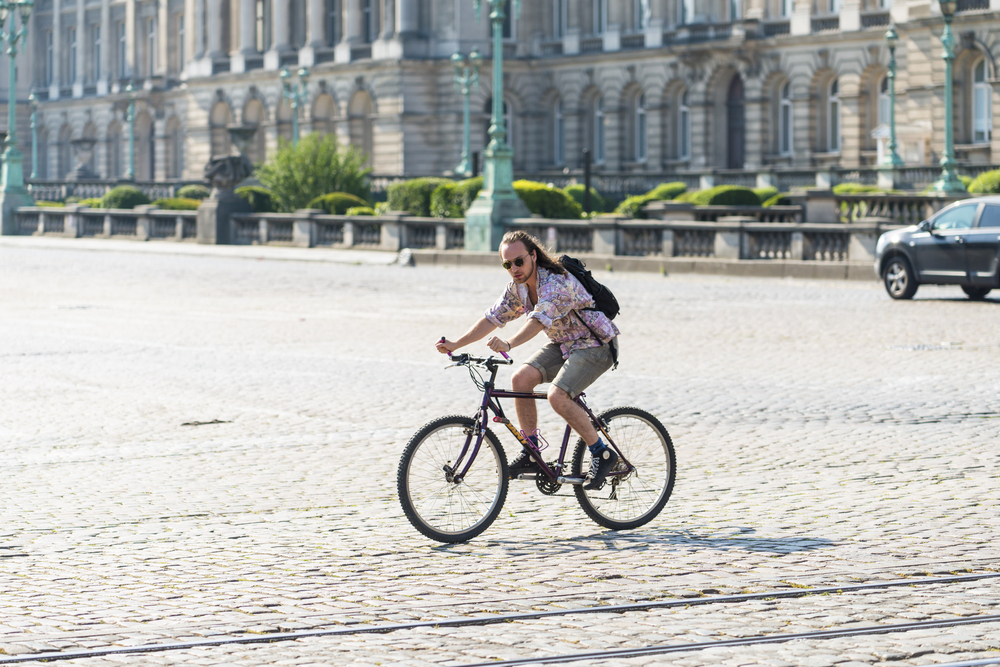
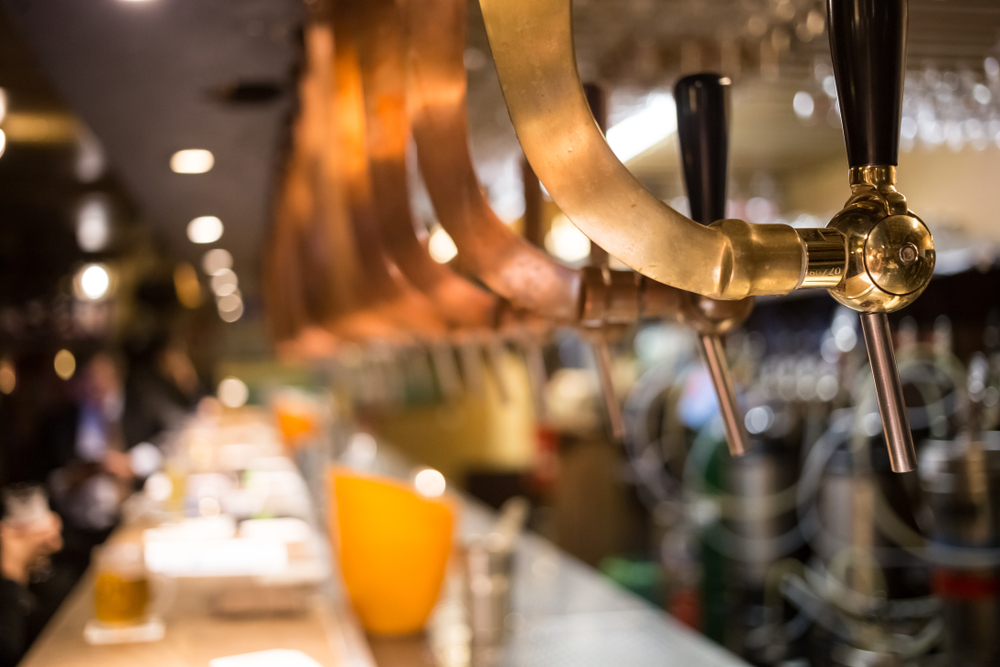
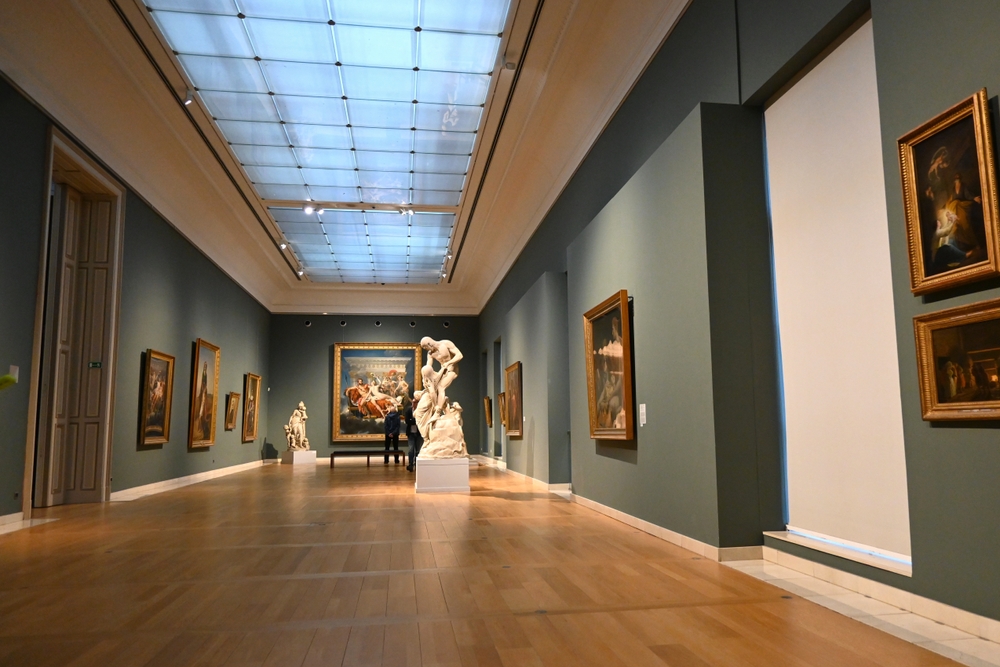
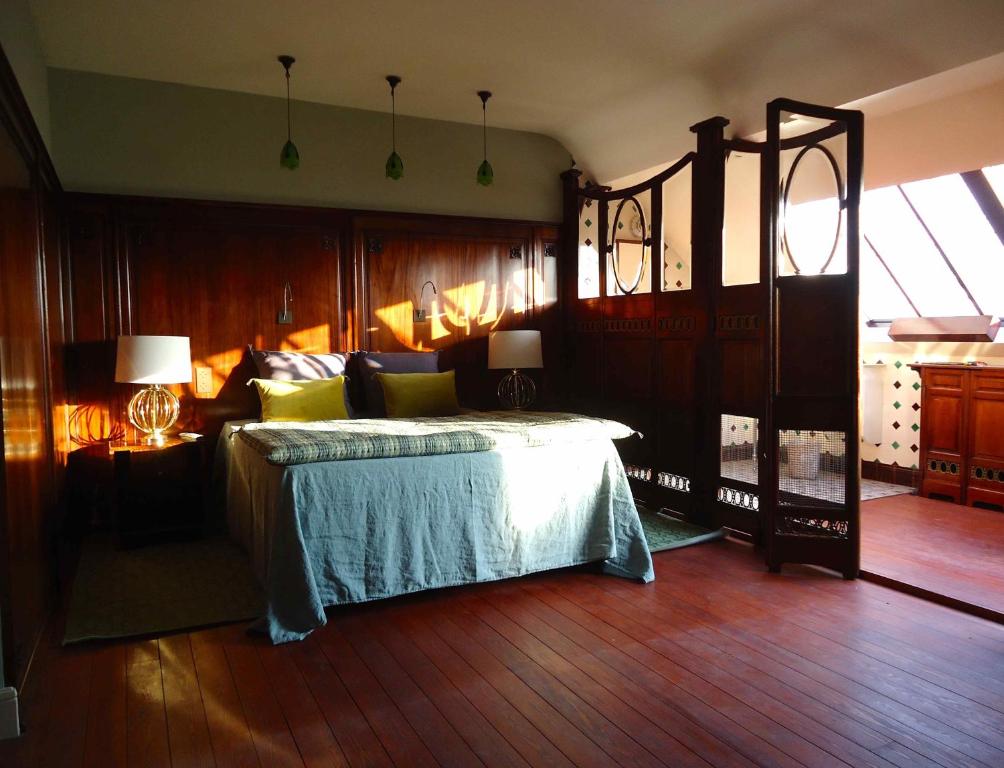

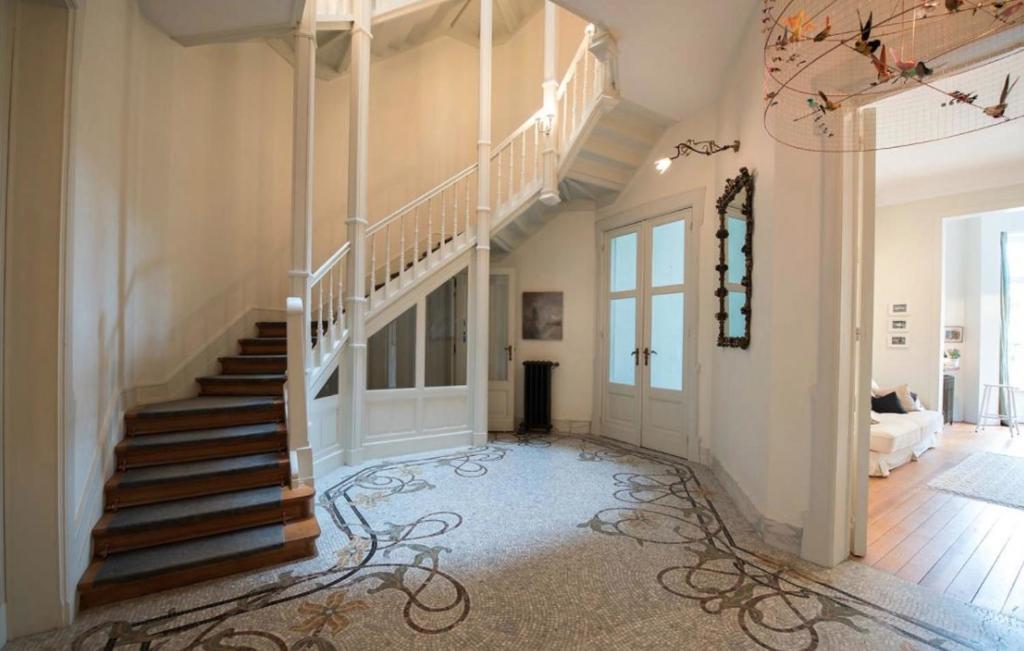

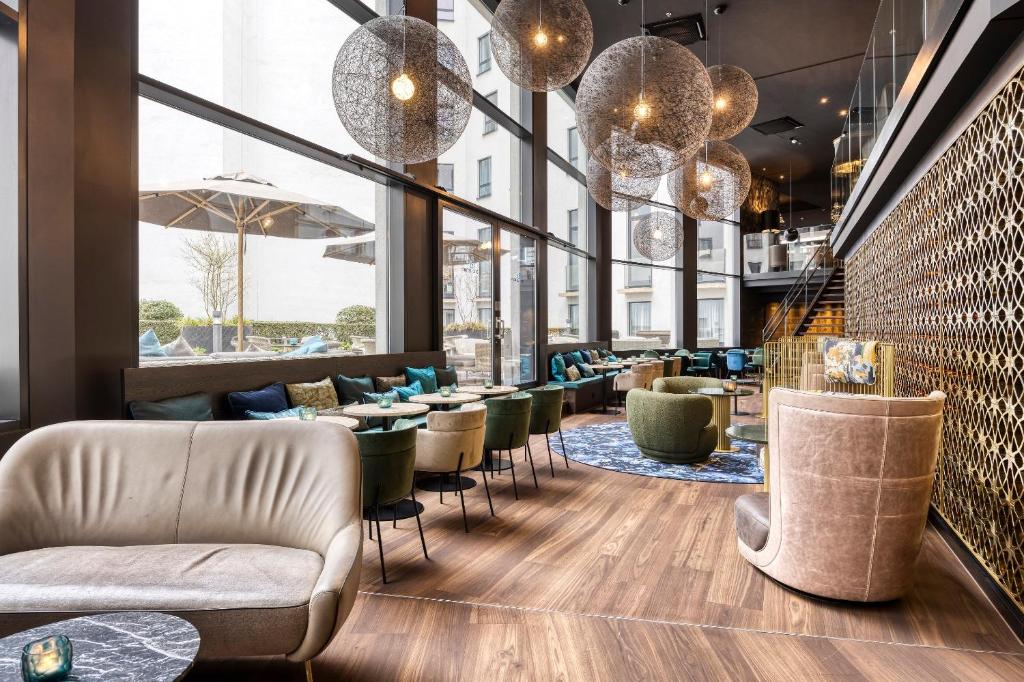


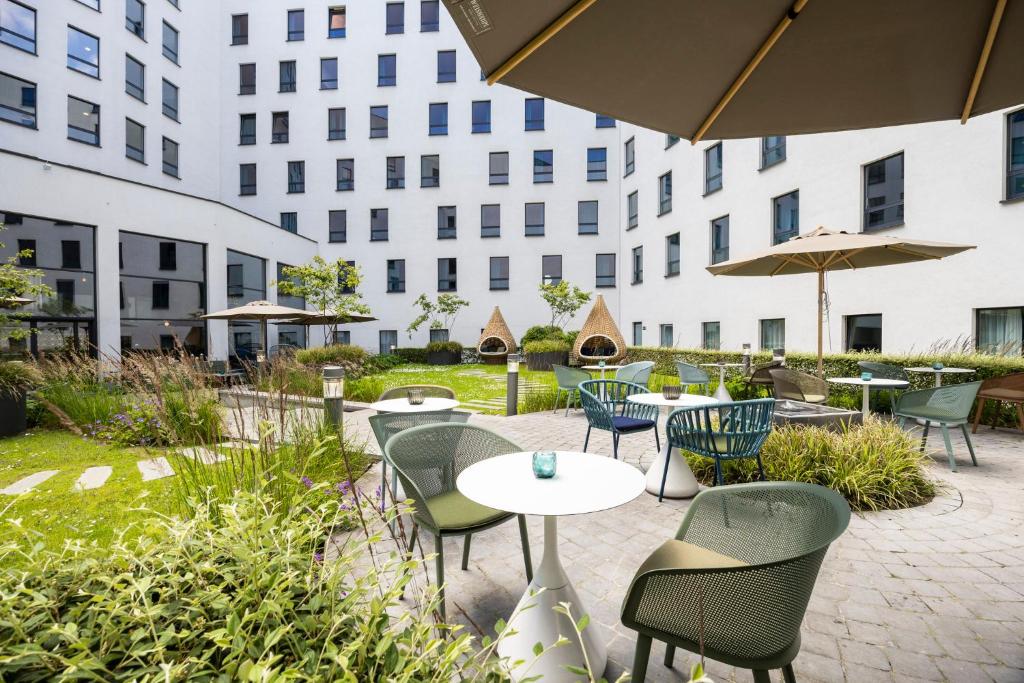
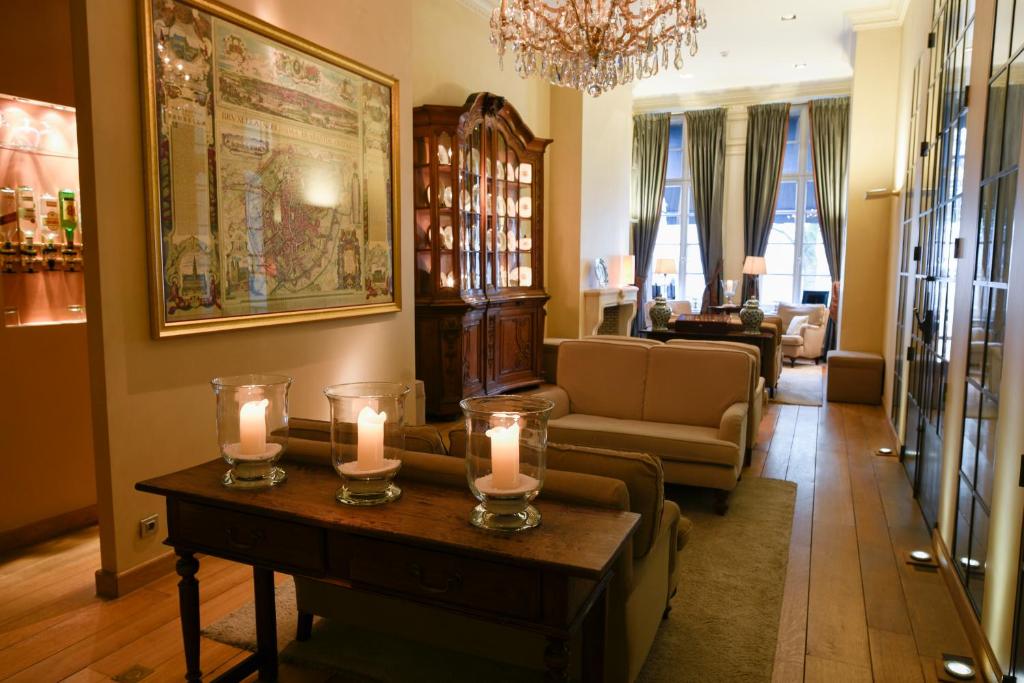
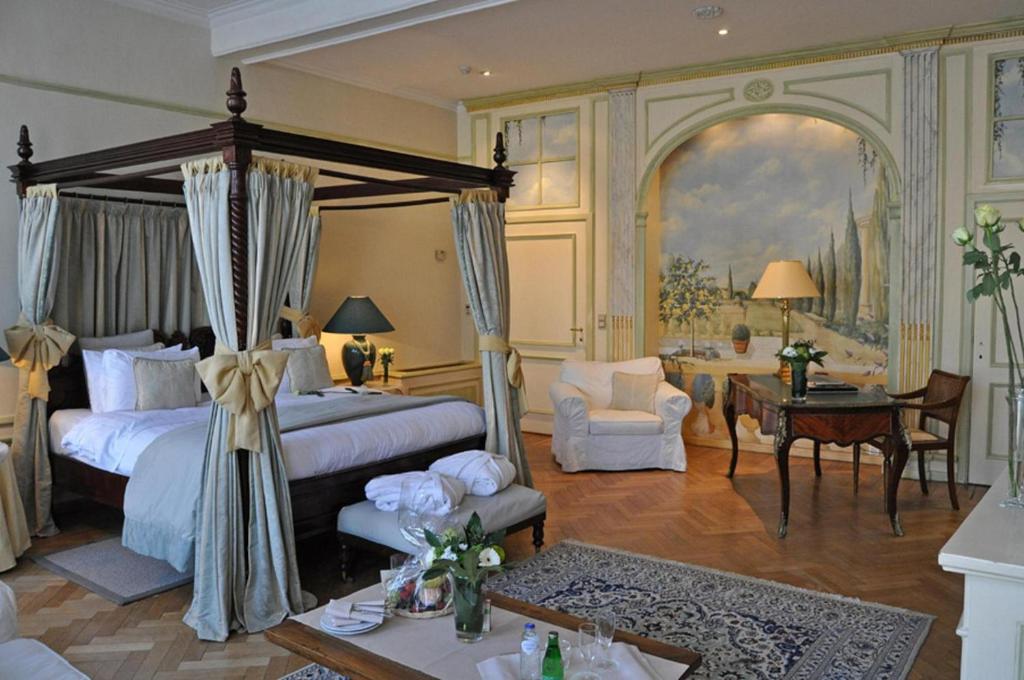
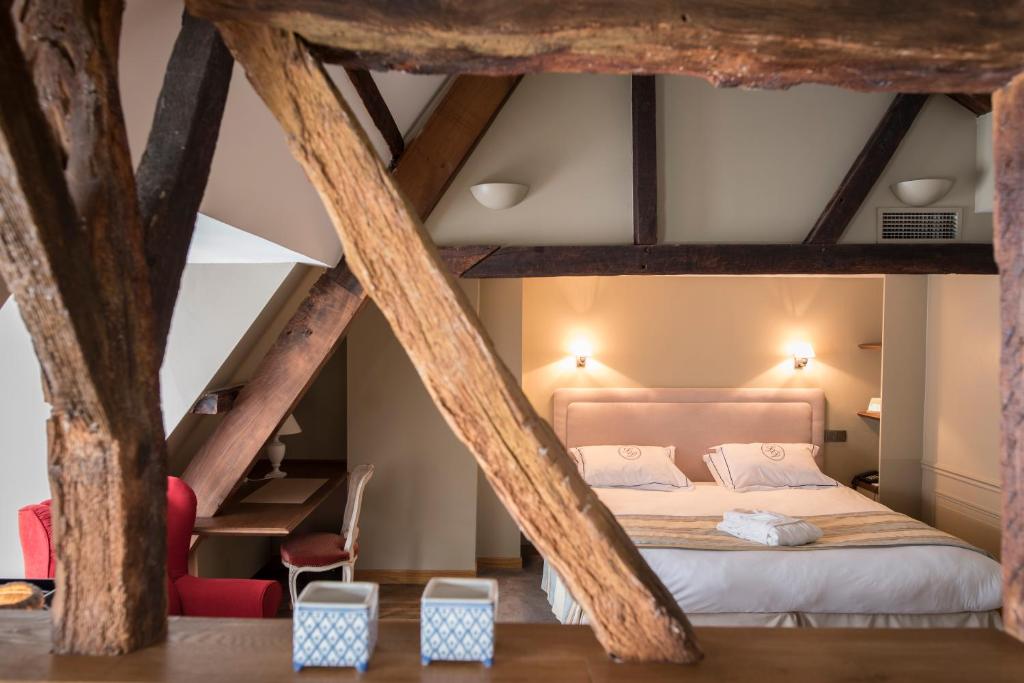





Comments